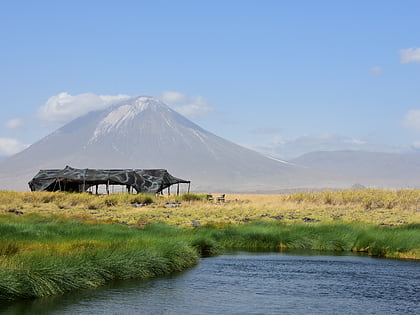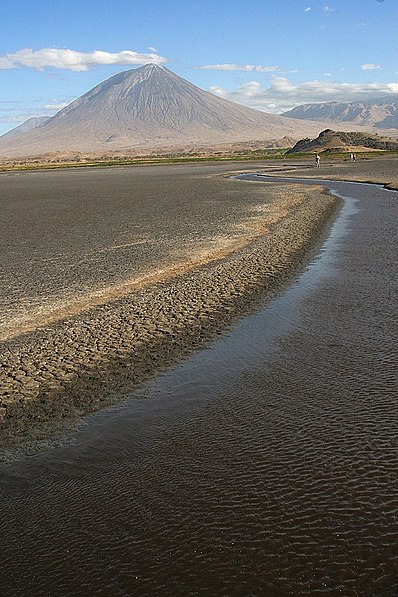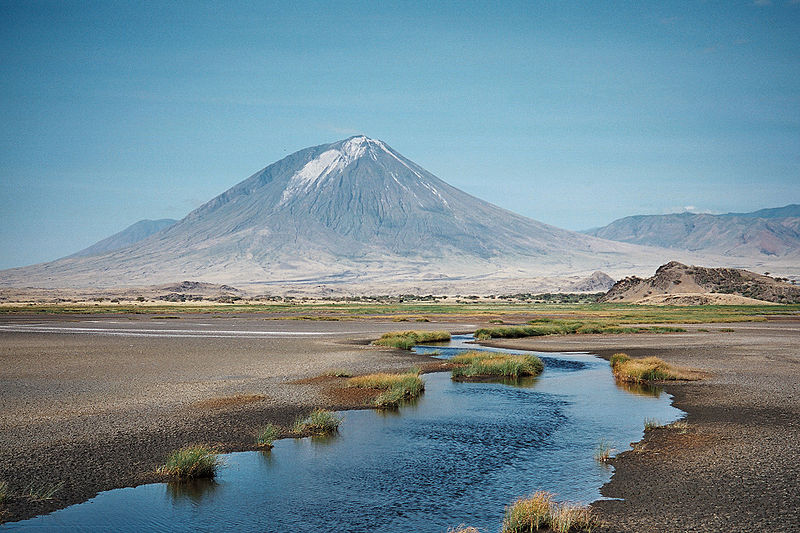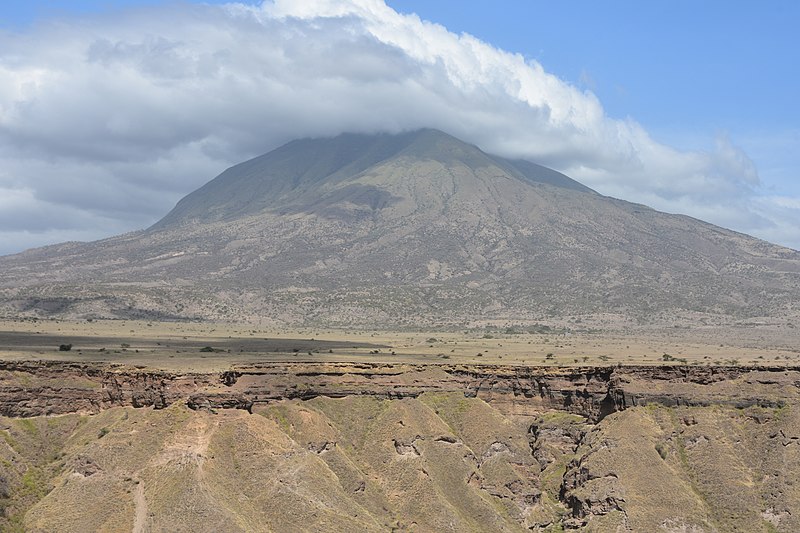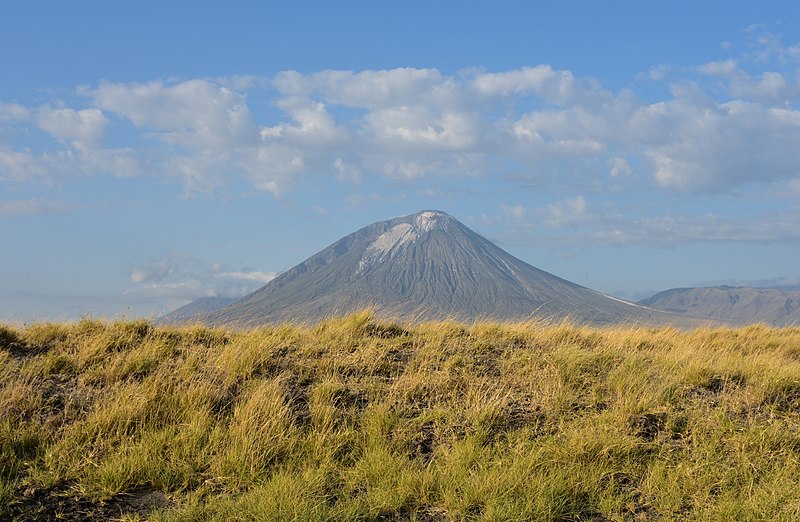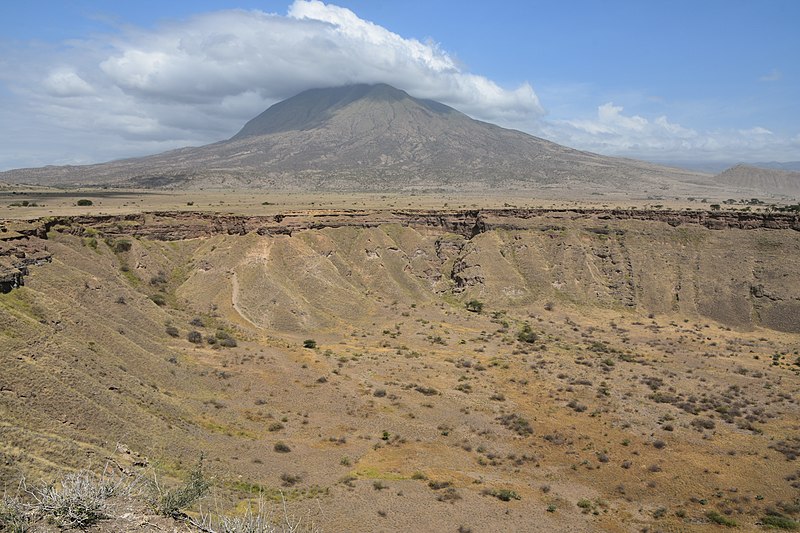Ol Doinyo Lengai
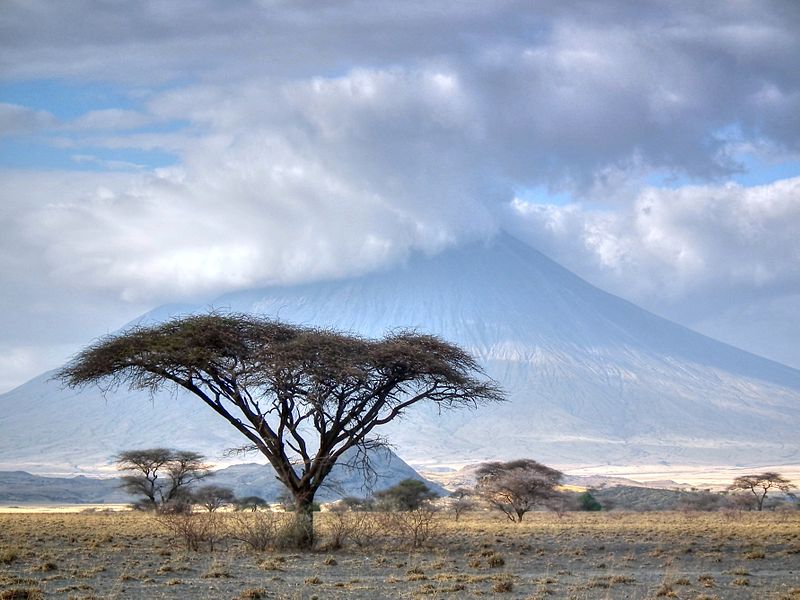
Facts and practical information
Ol Doinyo Lengai, with its name meaning "Mountain of God" in the Maasai language, is a unique and active stratovolcano located in the Gregory Rift, south of Lake Natron within the Arusha Region of Tanzania. Distinguished from other volcanoes by its rare carbonatite lava, it is the only known active volcano that produces natrocarbonatite lava, which is rich in the rare sodium and potassium carbonates, nyerereite, and gregoryite. This lava is significantly cooler than other lavas, erupting at temperatures around 510 to 600 degrees Celsius, which is just above the melting point of wax.
Standing at approximately 2,960 meters (9,711 feet) above sea level, Ol Doinyo Lengai is a marvel for geologists and adventurers alike. Its ash-covered slopes can be treacherous, but they offer a unique hiking experience for those prepared for the challenge. The volcano's periodic activity often results in small eruptions and the formation of lava flows and cones within the crater. Its last major eruption occurred in 2007-2008, causing significant changes to the crater floor and ash emissions that affected local communities.
For the local Maasai tribes, Ol Doinyo Lengai holds a sacred place in their culture as a holy mountain. It is a site for prayer and ritual, and the ash it produces is used as a natural fertilizer for their fields. The volcano's proximity to the Serengeti Plains and the Maasai's traditional lands adds to its cultural significance.
Tourists visiting Ol Doinyo Lengai can also enjoy the stunning surrounding landscapes, including the Rift Valley, Lake Natron, and the nearby Ngorongoro Conservation Area. The area is rich in biodiversity and is home to flamingos that breed on the shores of Lake Natron.
Arusha
